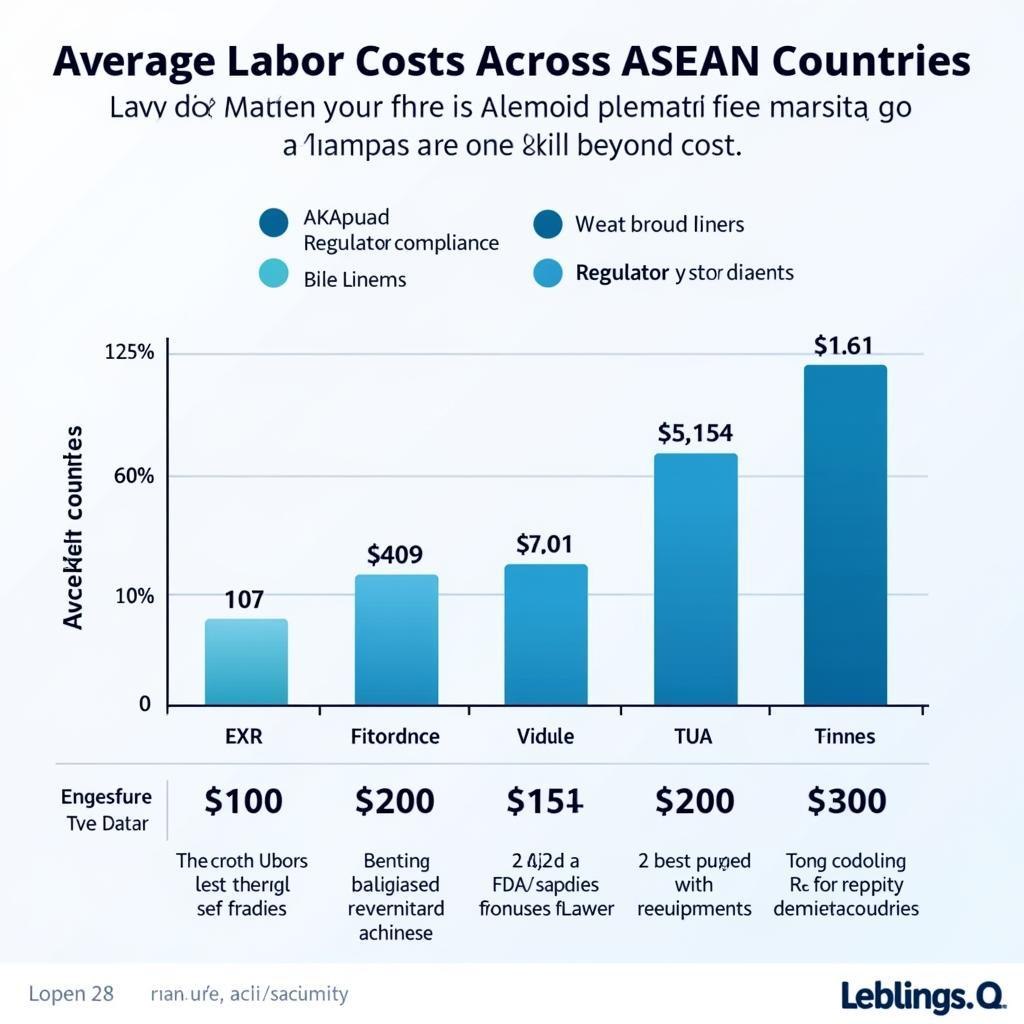The Asean Blueprint 2025 is a strategic roadmap guiding the Association of Southeast Asian Nations (ASEAN) towards greater integration and community building. It outlines key priorities and initiatives for the region’s development across various sectors, impacting political, economic, and socio-cultural spheres.
Understanding the ASEAN Blueprint 2025 and its Goals
The ASEAN Blueprint 2025 succeeds the preceding blueprint (2009-2015) and builds upon its achievements. It articulates a vision for a highly integrated and cohesive ASEAN community by 2025. This vision encompasses the three pillars of the ASEAN Community: the Political-Security Community, the Economic Community, and the Socio-Cultural Community. The blueprint’s overarching goals include fostering peace and stability, accelerating economic growth, promoting inclusive development, and strengthening regional identity.
Key Features of the ASEAN Blueprint 2025
The blueprint outlines specific strategic measures for each of the three pillars. For the Political-Security Community, the focus is on enhancing cooperation in areas such as conflict prevention, counter-terrorism, and cybersecurity. The Economic Community pillar emphasizes deeper economic integration through initiatives like the ASEAN Economic Community (AEC) Blueprint 2025, which aims to create a single market and production base. The Socio-Cultural Community pillar prioritizes people-to-people connectivity, cultural exchange, and social development initiatives. These measures are designed to enhance ASEAN’s resilience, competitiveness, and global standing.
ASE G2 highlights the importance of regional cooperation in achieving the blueprint’s objectives.
Implementation and Monitoring of the ASEAN Blueprint 2025
Implementing the ambitious goals of the ASEAN Blueprint 2025 requires effective monitoring and evaluation mechanisms. Regular reviews and assessments are conducted to track progress, identify challenges, and make necessary adjustments. The blueprint also emphasizes the importance of stakeholder engagement, including governments, businesses, civil society organizations, and academia, in its implementation. Collaboration among these actors is seen as crucial for achieving the shared vision of a vibrant and integrated ASEAN community.
The Impact of the ASEAN Blueprint 2025 on Southeast Asia
The ASEAN Blueprint 2025 plays a vital role in shaping the future of Southeast Asia. By promoting regional cooperation and integration, it seeks to address common challenges, unlock new opportunities, and enhance the region’s overall development. The blueprint’s focus on inclusive growth and sustainable development is particularly important in ensuring that the benefits of regional integration are shared by all member states and their citizens. Furthermore, the blueprint reinforces ASEAN’s centrality in the evolving regional architecture, strengthening its voice and influence on the global stage.
Challenges and Opportunities in Implementing the ASEAN Blueprint 2025
While the ASEAN Blueprint 2025 offers a promising vision for the region, its implementation is not without challenges. These include disparities in development levels among member states, differing national priorities, and the need for greater institutional capacity. However, these challenges also present opportunities for ASEAN to further strengthen its cooperation mechanisms and adapt to the changing global landscape.
ASEAN 50 Milestones provides valuable context for understanding the evolution of ASEAN cooperation.
Conclusion
The ASEAN Blueprint 2025 represents a significant step forward in ASEAN’s journey towards deeper integration and regional community building. It provides a comprehensive framework for addressing key challenges and realizing the region’s vast potential. By working together, ASEAN member states can achieve the goals of the blueprint and create a more prosperous, peaceful, and resilient Southeast Asia.
ASE Transfert is an example of the type of initiatives that can support regional integration.
FAQ
- What is the main objective of the ASEAN Blueprint 2025?
- What are the three pillars of the ASEAN Community?
- How is the ASEAN Blueprint 2025 implemented and monitored?
- What are some of the challenges in implementing the ASEAN Blueprint 2025?
- How does the ASEAN Blueprint 2025 benefit the people of Southeast Asia?
- What is the role of the private sector in achieving the goals of the blueprint?
- What is the significance of the ASEAN Blueprint 2025 in the context of regional and global affairs?
ASEA M160 is another instance of collaboration within the region.
ASEAN Annual Report 2018 offers further insights into ASEAN’s activities and progress.
For support, contact us 24/7: Phone: 0369020373, Email: [email protected], or visit us at Thon Ngoc Lien, Hiep Hoa, Bac Giang, Vietnam.
